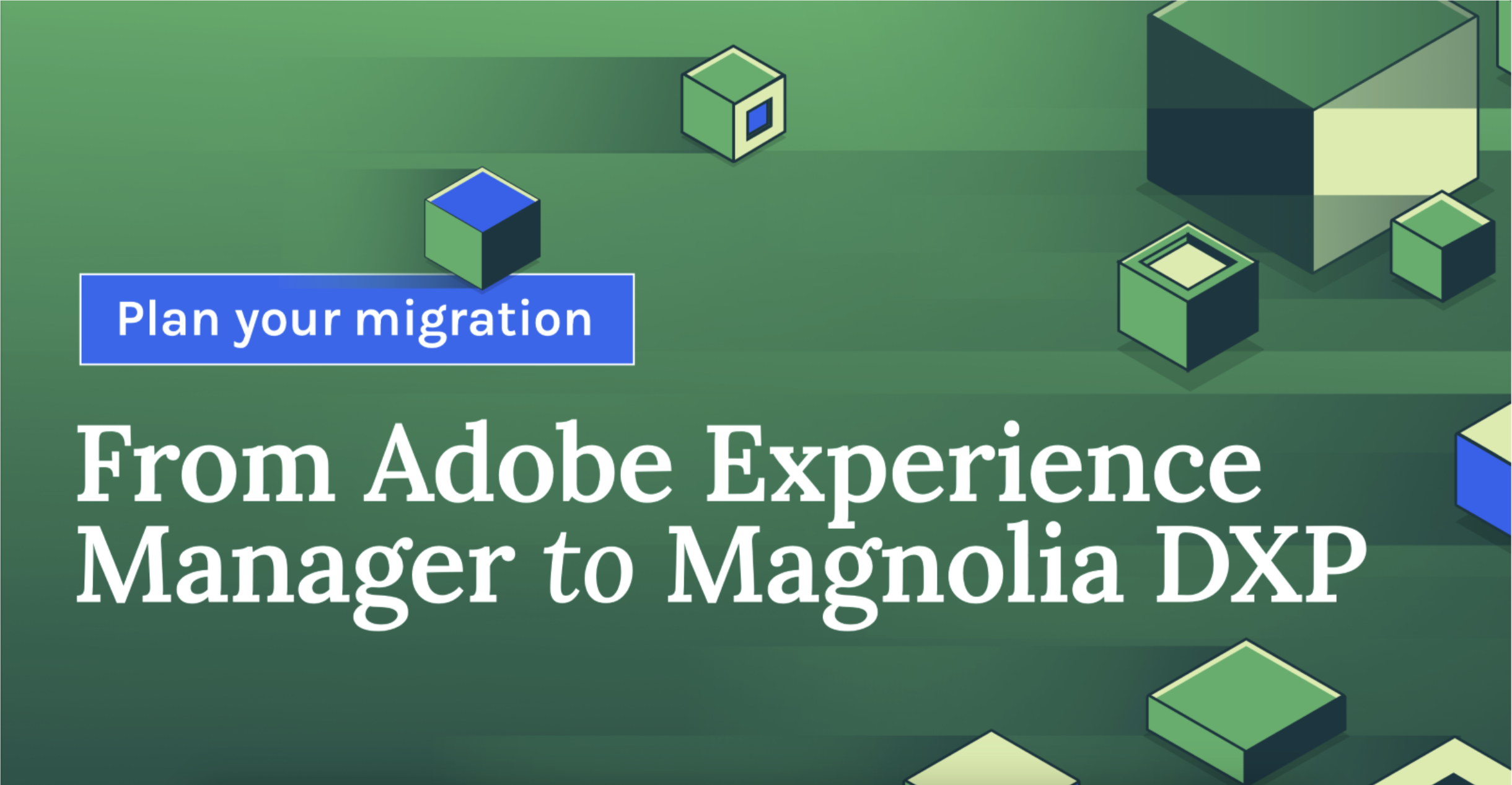13 crucial requirements when choosing your DXP
When choosing a Digital Experience Platform (DXP) for enterprises, it's crucial to consider a range of features to ensure that the platform aligns with your organization's goals and requirements. Here are some of the most important features to look for:

1. Content Management:
- Content Authoring: User-friendly interfaces for creating and managing content without technical expertise.
- Multichannel Support: Ability to deliver content seamlessly across various channels and devices (web, mobile, social media, etc.).
2. Personalization and Targeting:
- User Segmentation: Capability to segment users based on behavior, demographics, or other criteria.
- Personalized Content: Ability to deliver tailored content and experiences to different user segments.
3. Integration Capabilities:
- Third-party Integrations: Ability to integrate with other enterprise systems such as CRM, ERP, and marketing automation tools.
- API Support: Robust API support for building custom integrations and extending functionality.
4. Commerce Capabilities:
- E-commerce Integration: Seamless integration with e-commerce platforms for online transactions and product management.
- Payment Gateway Support: Support for multiple payment gateways and secure payment processing.
5. Analytics and Insights:
- User Analytics: Detailed insights into user behavior, preferences, and engagement patterns.
- A/B Testing: Ability to conduct A/B tests to optimize content and user experience.
6. Security and Compliance:
- Data Security: Robust security features to protect sensitive data and prevent unauthorized access.
- Compliance: Adherence to data protection regulations (such as GDPR) and industry-specific compliance standards.
7. Scalability and Performance:
- Scalability: Ability to handle increased loads and scale resources as the user base grows.
- Performance Optimization: Tools and features to optimize website/application performance for faster loading times.
- Composability: Ad or remove functionalities easily to tune performance and react fast to changing demands.
8. User Experience (UX):
- Intuitive Interface: User-friendly interface for both content creators and end-users.
- Mobile Responsiveness: Ensuring a consistent and optimized experience across various devices and screen sizes.
9. Developer Experience (DX):
- Free to choose popular frameworks: Let your developer decide which front-end framework, like Angular, Vue, or React is best suited for this project.
- Robust back-end technology: Java is the most common back-end technology. It is crucial to create stable integrations at the enterprise level. Enterprise-level companies will have Java expertise in-house.
10. Collaboration and Workflow:
- Collaborative Tools: Features for collaborative content creation and editing among team members.
- Workflow Management: Tools for defining and automating content approval workflows.
11. Support and Training:
- Customer Support: Access to reliable customer support and assistance.
- Training Resources: Comprehensive documentation, tutorials, and training materials for users and administrators.
12. Innovation and Future Readiness:
- Roadmap and Updates: Regular updates and a clear product roadmap indicating ongoing development and innovation.
- Adaptability: Ability to adopt emerging technologies like AI, machine learning, and voice interfaces.
13. Total Cost of Ownership (TCO):
- Licensing and Maintenance Costs: Clear understanding of initial costs, licensing fees, and ongoing maintenance expenses.
- Scalability Costs: How costs change as your usage and needs grow.
By carefully evaluating these features and aligning them with your organization’s specific requirements, you can choose a DXP that supports your digital strategy effectively and helps achieve your business objectives.
Formica supports a wide range of Java-based DXP solutions. From Magnolia to Liferay and Alfresco.
Get in contact and together we’ll determine which DXP suits you the most.
Contact us



